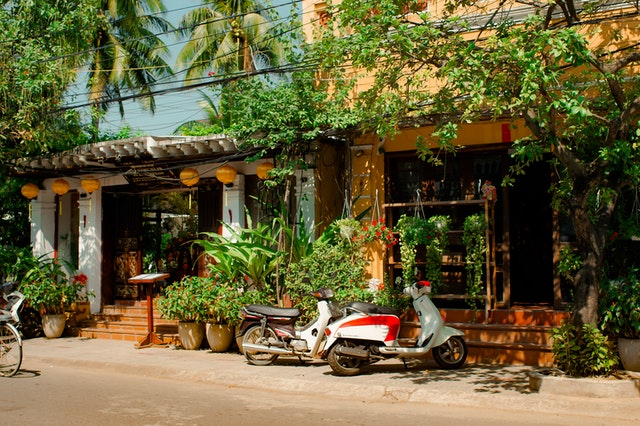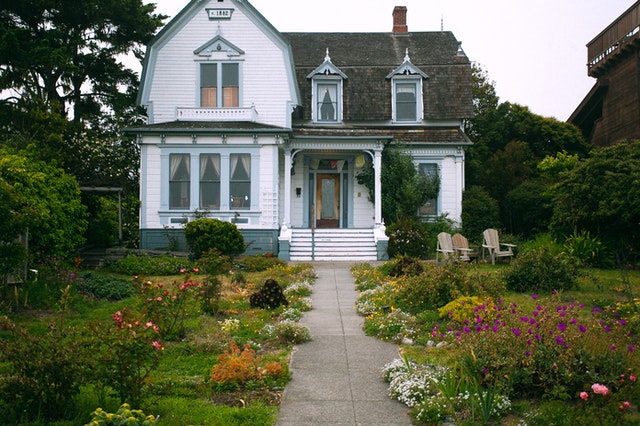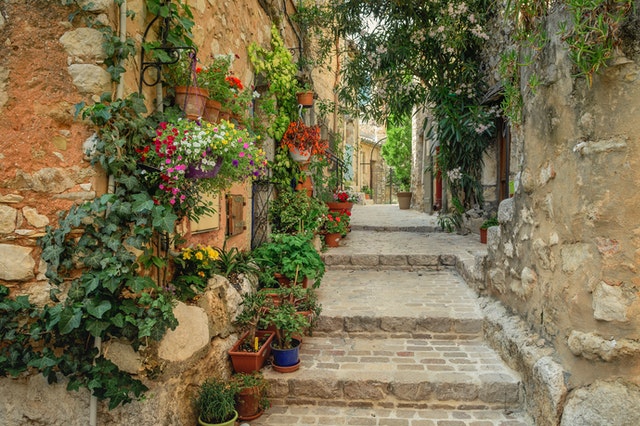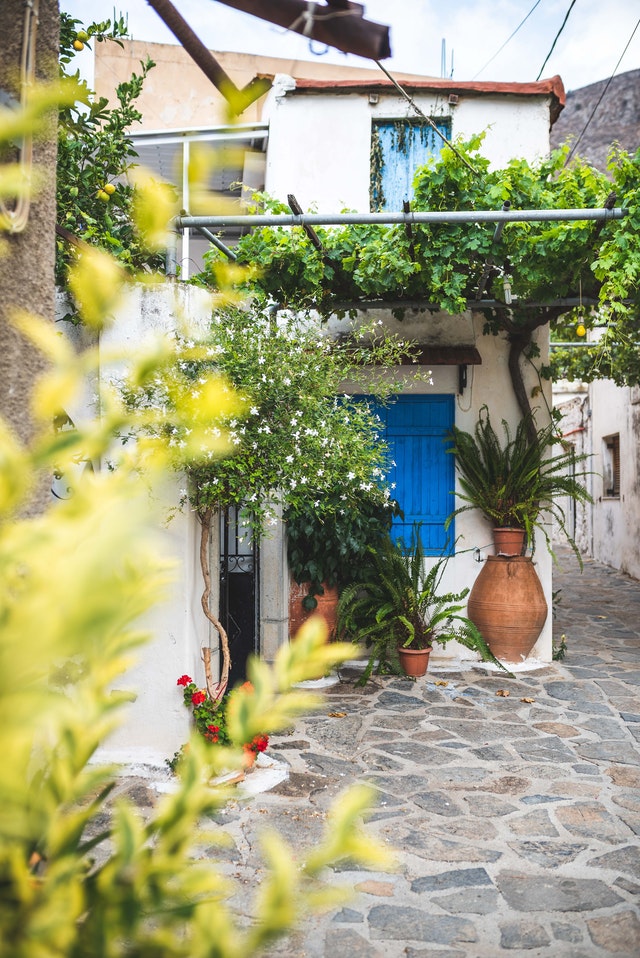In the temperate zones of the U.S., the appearance of plants with large foliage and bright colors impresses due to sheer scale and the cachet of exotic and far-off lands. Cannas, bananas, and elephant ears are popular large-leaved plants. Tender grasses, dahlias, and cordy-lines are also used extensively. Any distinctive color, form, or texture can be achieved with tender perennials-including a full range of designs from subtle to garish. Elephant’s ears Alocasia and Colocasia, for example, are easy produce and always eye-catching. By contrast, in milder climates like the Deep South and California, “winter” displays that showcase specimens that will not tolerate summertime in those zones can appear as striking to residents as tropical plantings do in the rest of the country the rest of the time. Plants that tolerate cool temperatures, for example, like snapdragons, pansies, violas, and cyclamen, can stand in for those that like it hot and humid, such as impatiens and salvias.
Clients who own large estates also often appreciate-and expect to include-highly designed bedding schemes and container plantings as part of the larger landscape. At land morphology, we design summer planting schemes in January and winter schemes in June and July. Since the marketplace contains many different growers of bedding plants and varieties are constantly changing, it takes a knowledge of the marketplace and diligence to keep up with trends and to be able to source plants for plans that have an intensive design. Offering temporary display design services also gives landscape designers the opportunity to stay in front of their clients on a regular basis-an effective business development strategy.
We add tropical plants annually for sheer drama and impact to Graeme hardies garden in Nutley, New Jersey, for example. Over the past twenty years, seasonal plantings have been created that reference both his South African heritage and his exuberant and joyful demeanor. The section of the garden where we do this is framed by the house’s cobalt blue walls and is barely 40 feet square. The garden is planted with more than 80 percent temperate perennials and woody plants overall, but the extensive use of containers on the terraces and the tender plants mixed into the beds in one area near the house give it the impression of a tropical retreat. It’s just something different for the owner to experience.
Institutional and Civic Adaptations
Marco polo Stufano-a former director of horticulture at wave hill in new York city who influenced an entire generation of professional gardeners during his 34 year tenure there-was a contemporary torchbearer for the use of tender perennials in both containers and bedding schemes. For years, the refined horticulture happening at wave hill was considered the gold standard for public horticulture due to his sophisticated use of plants and the incredible variety of common and rare plant varieties he planted both in the ground and in containers. Each year at wave hill, one kidney-bean –shaped bed is always filled with flowering tropical plants as an exuberant celebration of summer. This particular bed is often is bolder in pattern than the rest of the Robinsonian-style garden; it is planted as an effective counterpoint to the rest of the landscape and visitors flock to it.
Botanical and public gardens have known for decades that changes in seasonal plantings will entice paying visitors to return again and again. The constituents’ expectation for variety in plant collections must be met. It would take a prohibitive amount of money and effort to change permanent plants out annually. However, it is possible to change containers and areas of beds devoted to temporary plantings radically from season to season and year to year. Longwood gardens, near Kennett square, Pennsylvania, attracts a million visitors a year; December, perhaps surprisingly, is its peak season because the garden creates staggeringly immense displays of tropical poinsettias in the impressive main conservatory building, in combination with other bedding plants. This always-thoughtful design forms a pleasant refuge from the often-harsh winter temperatures outside. These displays are not botanical collections per se, but massive seasonal landscape displays under glass.





